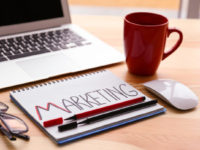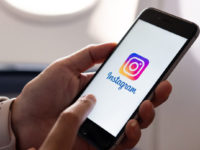According to Facebook, friction from the time a customer discovers your products to purchasing them costs Aussie businesses over $43 billion every year. This is due to a number of factors including slow loading websites and incorrect social media links.
Today, the COVID-consumer is looking for quick and convenient shopping opportunities and this means making sure that the customer journey from the minute the product is sighted to order confirmation is seamless.
Here are seven things to check to make sure you aren’t missing out on valuable sales due to friction with your website or online store.
Wear their shoes
Put yourself in your customer’s shoes. Meticulously go through every step you want them to take, from the time they discover your product to payment.
This will allow you to critique the process and make sure there is nothing that is going to cause “friction” or cause them to click away along the way. Don’t be afraid to be hard on the process, even the slightest issue can cause a customer to turn away.
Be easy to find
Most customers who have found you through a Facebook Ad are customers who might be new to your business. They want to get to know you a little better before they trust your brand enough to give you their money.
Through social media (ads or news feeds) make the product information easy to find with details that show your product will suit their needs. Think about your captions, the image and the short message you will use to entice them to click for more.
Advertise to the right people
When creating your social media advertising, make sure that you use the Audience section effectively. Pinpointing your customer’s persona through their demographic and interests in this section will make sure your ads are being placed in front of the right audience every time, rather than those who will have no interest in your business at all.
Install pixel codes
Make sure your site has working Facebook Pixel codes installed. This allows you to retarget advertising to previous website visitors with future advertising and even create Lookalike audiences based upon those already interested in your brand.
Save shopping carts
Make it simple for busy customers by ensuring that your Shopping Cart will save items so they can return to the site when they can and finish off their order.
Many times, customers might return with the intention of finishing off their order, however find an empty cart. This gives them an opportunity to move on, rather than resuming their order.
Consider linking email integration to abandoned carts to send a reminder message to customers that they have items waiting.
Link your links
Make sure every link you send people to from social media (or even through email communications) goes to that product. Sending them to your home page, category or the wrong product is a sure-fire way to have them click away and click back to Facebook or Instagram.
Quick load
If your website is taking too long to load, this could be due to your pictures being too large on the site. Compress your files (or get a web designer to help you out) or use a third party site and embed the code into your website for a far quicker loading time.
Businesses who create frictionless customer journeys will see the benefits of an efficient process. As the world continues to merge online into their buying habits, brands that give a seamless opportunity to consumers will set themselves up well for purchasing behaviours in the future.
Demelza Leonard, digital marketing and social media expert
















